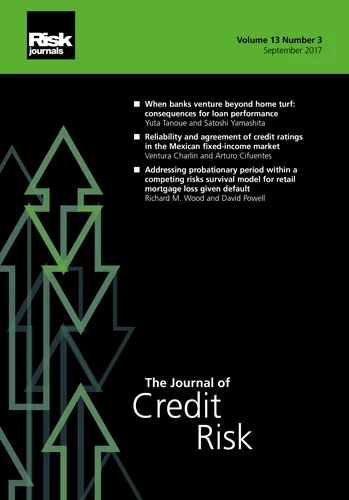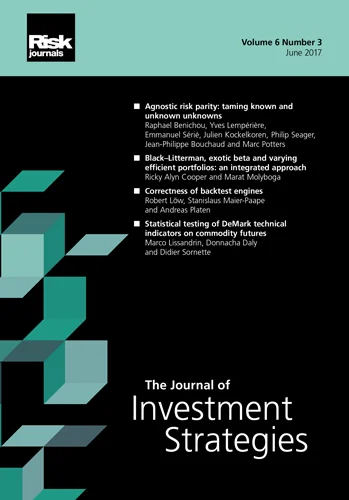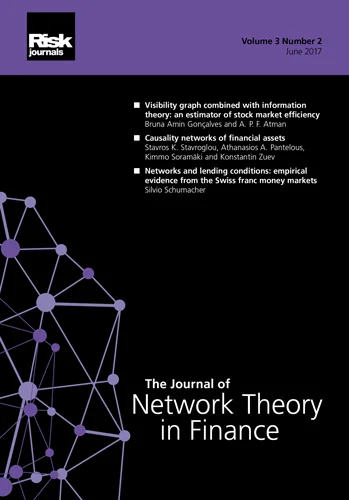Journal of Energy Markets
ISSN:
1756-3615 (online)
Editor-in-chief: Kostas Andriosopoulos

Do investors price industry risk? Evidence from the cross-section of the oil industry
Sofia B. Ramos, Abderrahim Taamouti, Helena Veiga and Chih-Wei Wang
Need to know
- We analyze whether commodity dependence affects the cross section of stock returns.
- We focus on the case of oil and natural gas industry.
- Results suggest that investors price industry specific risks.
Abstract
Recent research identifies several industry-related patterns that standard asset pricing models cannot explain effectively. This paper investigates what explains the cross-section of returns of firms in the oil industry and, in particular, how well an oil factor performs in comparison with the common systematic factors identified in the literature. We conduct a time series analysis and demonstrate that the oil factor has substantial explanatory power over traditional factors. A cross-sectional regression shows that the size, momentum and oil factors are associated with a positive risk premium and are able to explain the cross-sectional variation in stock returns in the oil industry. Our results suggest that investors demand compensation for the exposure to oil price changes, which has implications for the computation of the cost of equity.
Copyright Infopro Digital Limited. All rights reserved.
As outlined in our terms and conditions, https://www.infopro-digital.com/terms-and-conditions/subscriptions/ (point 2.4), printing is limited to a single copy.
If you would like to purchase additional rights please email info@risk.net
Copyright Infopro Digital Limited. All rights reserved.
You may share this content using our article tools. As outlined in our terms and conditions, https://www.infopro-digital.com/terms-and-conditions/subscriptions/ (clause 2.4), an Authorised User may only make one copy of the materials for their own personal use. You must also comply with the restrictions in clause 2.5.
If you would like to purchase additional rights please email info@risk.net








